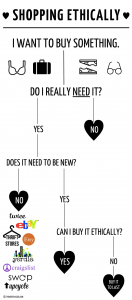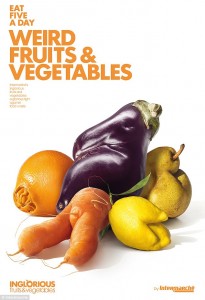Sustainable Chocolate?
Prior to reading into sustainability and following topics that appear on my newsfeed related to the topic, my general understanding of sustainability marketing was limited. Every time the term “sustainability marketing” popped into mind, I would think of greenhouses, or solar panels – at least something innovative and had to do with technology. It was often more related to renewable energy and the firms promoting it now that I think of it. Most likely because of the fact that its what is reported and it’s the kind of news that sells.
So upon further reflection about sustainability marketing, what about sustainability surrounding what’s been available throughout history?
Cocoa
Just as I was thinking about this, I saw the half wrinkled packaging of an “Endangered Species” chocolate bar on my desk. Why do I buy Endangered Species chocolate from whole foods over other big brands such as Hershey’s or Godiva? Mainly because the price is fair, the name of the brand makes me feel great about a cause (although interestingly I didn’t even look into what they do or know much about their sustainable initiatives) but the packaging is plastered with logos such as Fair Trade, Certified Vegan, Non-GMO, Rainforest Trust, and Wildlife Conservation Network. After doing some research online, and visiting the Endangered Species website, I realized that it was actually difficult to find out what made their product “sustainable” as opposed to just marketed as “sustainable” with a variety of icons and logos on their product. However, in general, cocoa as a commodity is massive and 3.5 million tonnes of cocoa are produced each year (http://www.theguardian.com/sustainable-business/fairtrade-partner-zone/chocolate-cocoa-production-risk). Almost all of the information regarding “fair-trade ethical chocolate” has little to do with the actual “sustainability” and impact the product makes.
There’s a difference between sustainability and charity.
By visiting the Endangered Species website, I noticed that the causes and organizations they support have great missions to support the farmers in the regions that are producing the cocoa fruits and making the cocoa powder to enable chocolate/confectionary production. However, I didn’t actually learn much regarding the sustainable practices themselves. Here are some that I viewed:
http://www.chocolatebar.com/docs/doc_ftinfo.pdf
http://www.chocolatebar.com/docs/esc_certs.pdf
 What do these certifications actually say about the sustainable practices of creating the product?
What do these certifications actually say about the sustainable practices of creating the product?
In my opinion, there is a distinct difference between supporting those farmers with better working conditions and better pay through donations and education versus actually improving the manufacturing process of cocoa powder by preventing the negative impacts of deforestation and the use of environmentally harmful by-products to do so.
My next goal is to really look into which products are marketed as “sustainable” versus products that actually allow a consumer to know and trace the environmental and social impacts of creating the product.









 What do these certifications actually say about the sustainable practices of creating the product?
What do these certifications actually say about the sustainable practices of creating the product?